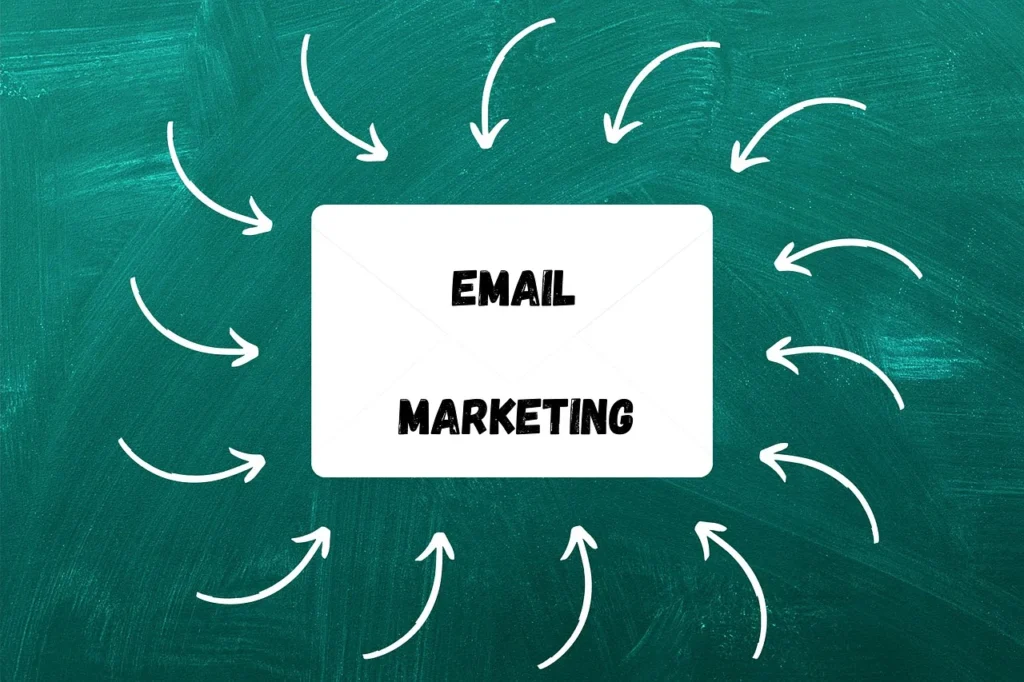Mastering the Email Listing Campaign
A Complete Guide to Building a Profitable Email List In today’s fast-paced digital world, marketing strategies evolve rapidly. However, some of the most effective methods, such as Behavioral Response Marketing, are rooted in timeless principles. One of the most valuable assets any business can have is an engaged email list. An email listing campaign allows […]
Why Email Marketing is Important: Build a Quality Email List

http://simple-ways-to-grow-email-list-quality-subscribers Building an email list is one of the most powerful ways to grow your business, but not all email lists are created equal. While it might be tempting to focus on growing your list as big as possible, the true value lies in attracting quality subscribers who are genuinely interested in what you have to […]

